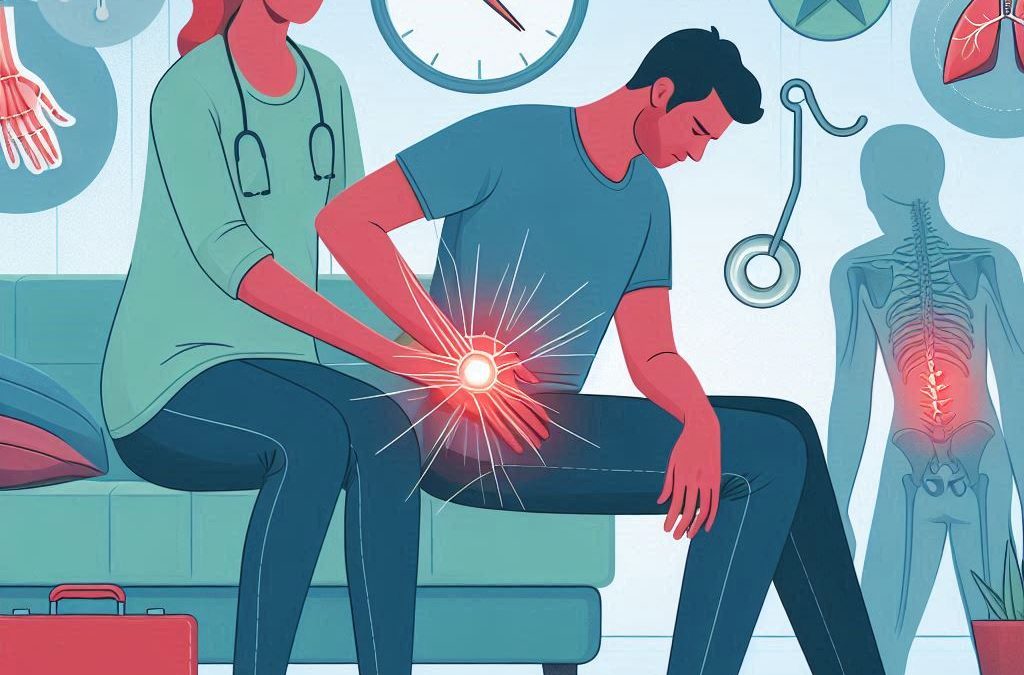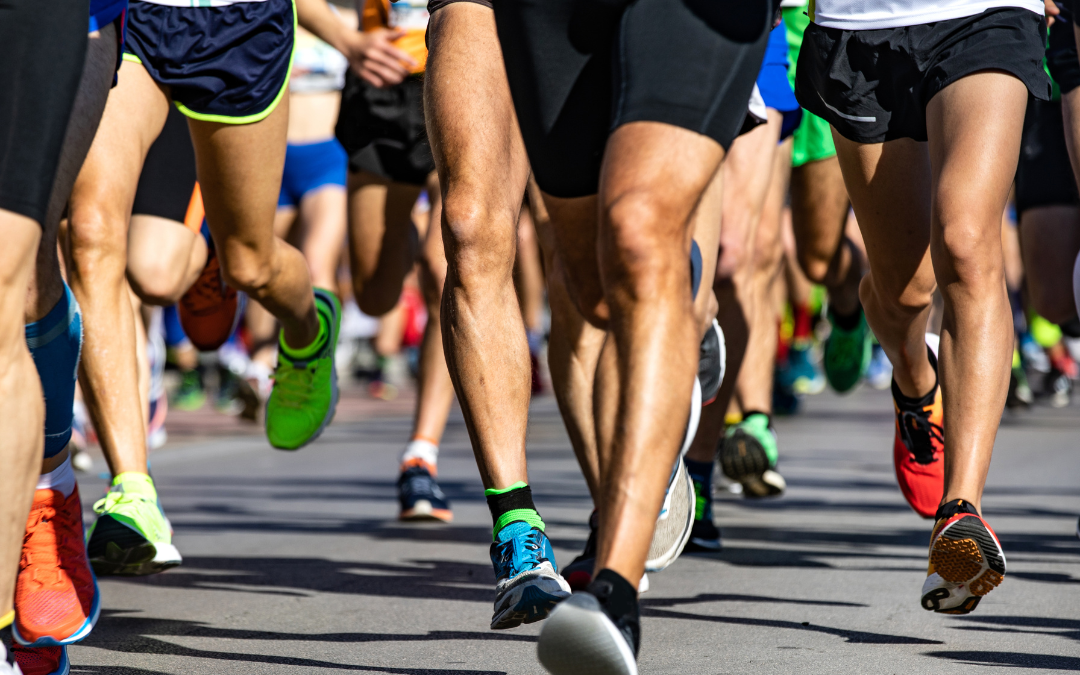
How Occupational Therapy Can Help Manage Chronic Pain
Chronic pain is a complex and debilitating condition that affects millions of people worldwide, impacting every aspect of their lives, from physical well-being to mental health and overall quality of life. While managing chronic pain can be challenging, occupational therapy offers a holistic approach that focuses on improving function, enhancing coping strategies, and promoting overall well-being. In this blog post, we’ll explore how occupational therapy can help manage chronic pain and improve the lives of individuals living with this condition.
Understanding Chronic Pain
Chronic pain is defined as pain that persists for weeks, months, or even years, beyond the normal healing time for an injury or illness. It can result from a variety of conditions, including arthritis, fibromyalgia, back pain, and neuropathy, among others. Chronic pain not only causes physical discomfort but can also lead to emotional distress, social isolation, and decreased participation in daily activities.
The Role of Occupational Therapy
Occupational therapists play a vital role in the management of chronic pain by addressing the physical, emotional, and environmental factors that contribute to pain and disability. Unlike traditional medical approaches that focus solely on pain relief, occupational therapy takes a holistic approach that considers the individual as a whole, taking into account their unique needs, goals, and lifestyle.
Techniques and Interventions
Occupational therapists use a variety of techniques and interventions to help individuals manage chronic pain and improve their quality of life. These may include:
- Pain Education: Occupational therapists provide education about the nature of chronic pain, helping individuals understand the underlying mechanisms and empowering them to take an active role in their pain management.
- Activity Modification: Occupational therapists work with individuals to identify activities that exacerbate their pain and develop strategies to modify these activities or find alternative ways to accomplish them.
- Pacing: Occupational therapists teach pacing techniques to help individuals balance activity and rest, avoiding overexertion and preventing flare-ups of pain.
- Energy Conservation: Occupational therapists provide guidance on conserving energy and using energy-efficient techniques to minimize fatigue and discomfort.
- Adaptive Equipment: Occupational therapists may recommend adaptive equipment or assistive devices to help individuals perform daily activities with less pain and effort.
- Stress Management: Occupational therapists teach relaxation techniques, mindfulness, and stress management strategies to help individuals cope with the emotional impact of chronic pain.
Improving Function and Independence
By addressing the physical, emotional, and environmental factors that contribute to pain, occupational therapy helps individuals improve their function and regain independence in daily activities. Whether it’s cooking a meal, getting dressed, or participating in leisure activities, occupational therapists empower individuals to engage in meaningful activities despite their pain.
Conclusion
In conclusion, occupational therapy offers a holistic and personalized approach to managing chronic pain, focusing on improving function, enhancing coping strategies, and promoting overall well-being. By addressing the physical, emotional, and environmental factors that contribute to pain, occupational therapists help individuals live fuller, more meaningful lives despite their chronic pain. If you or someone you know is living with chronic pain, consider reaching out to an occupational therapist for support and guidance on your pain management journey.





